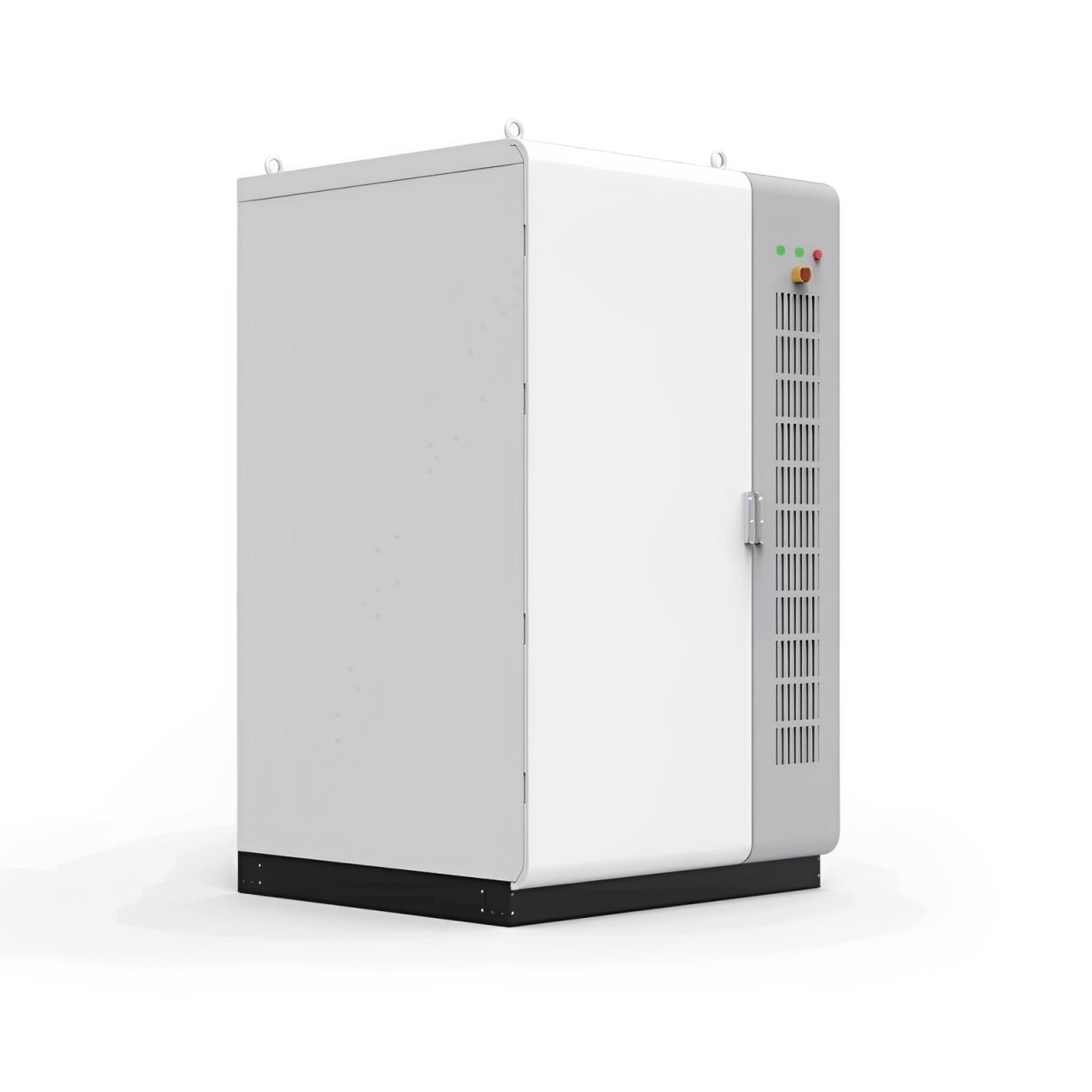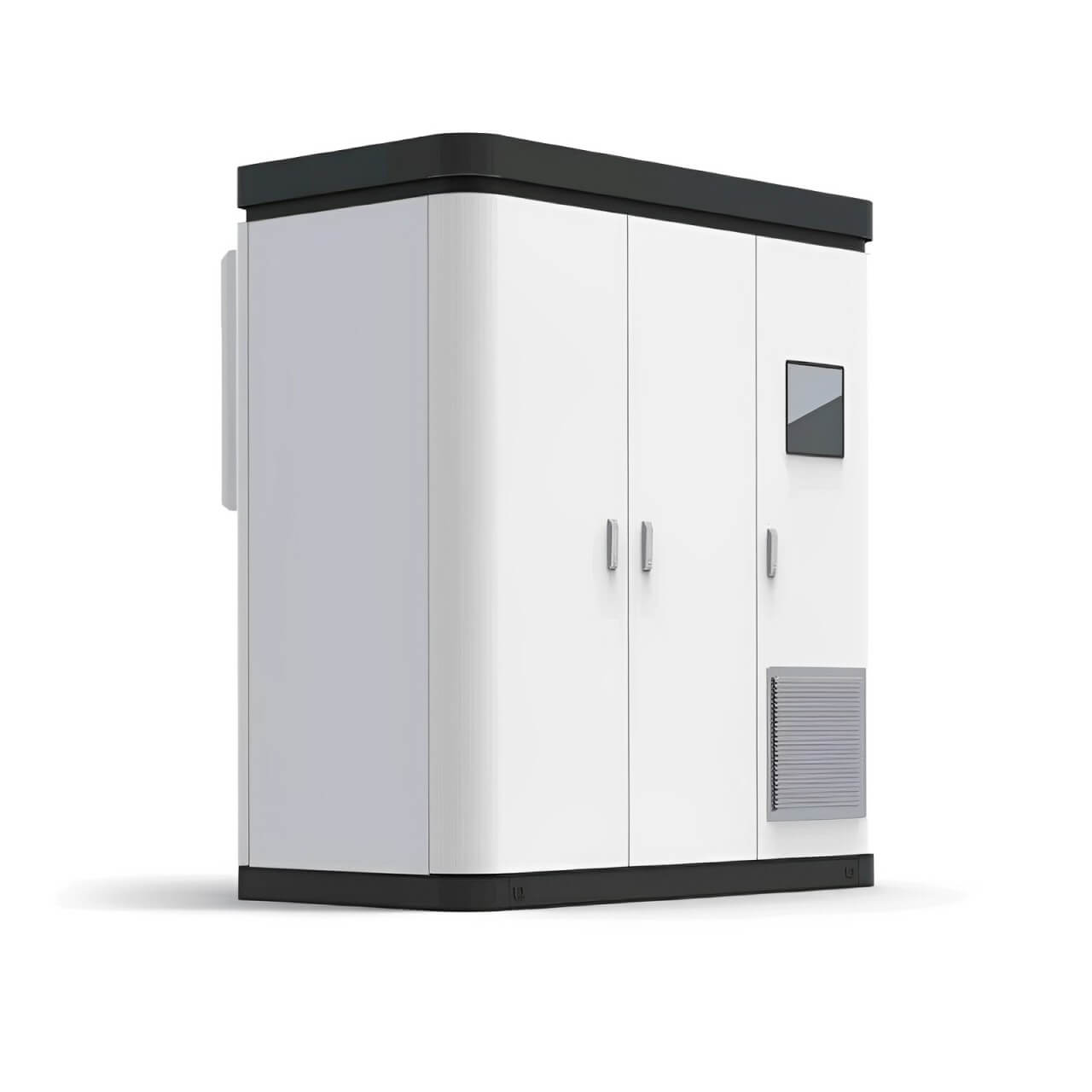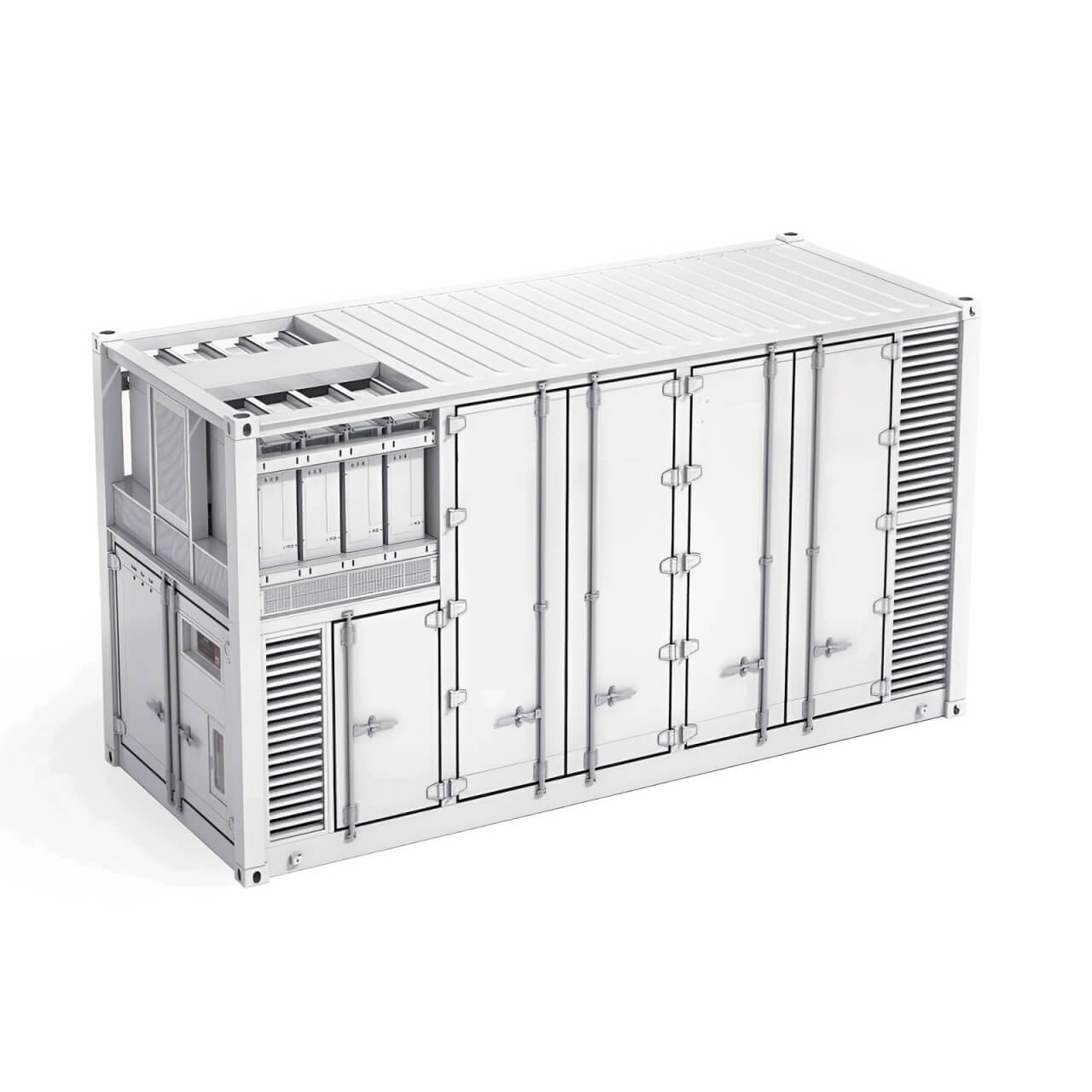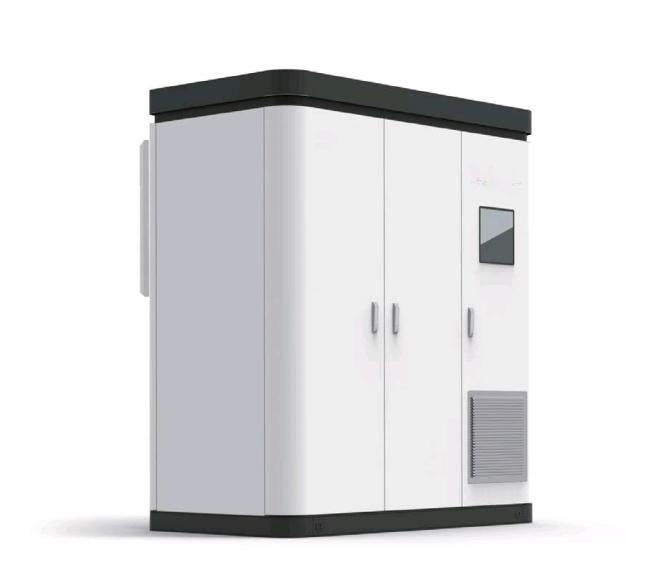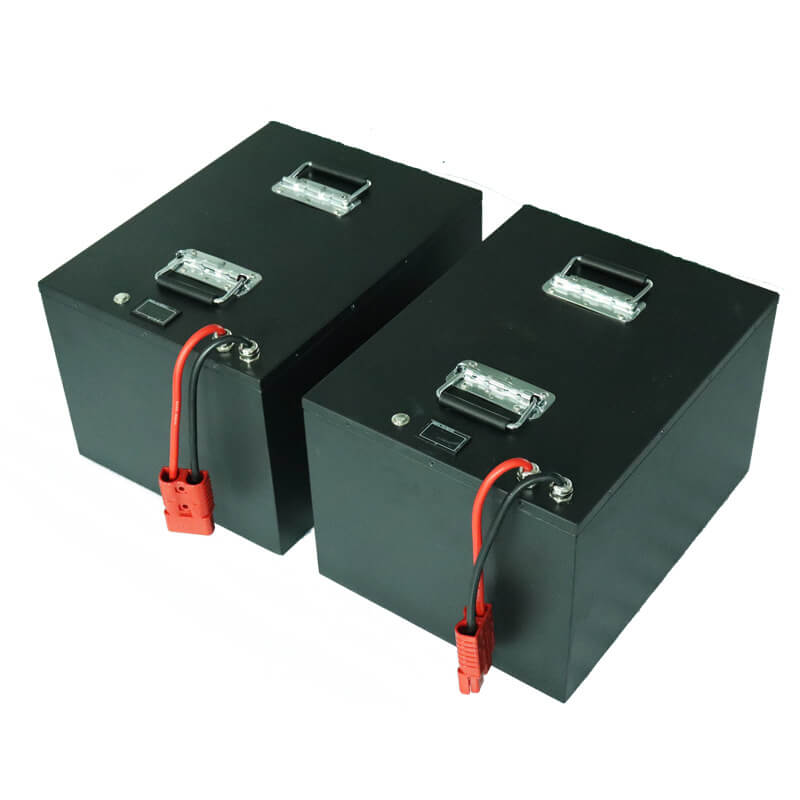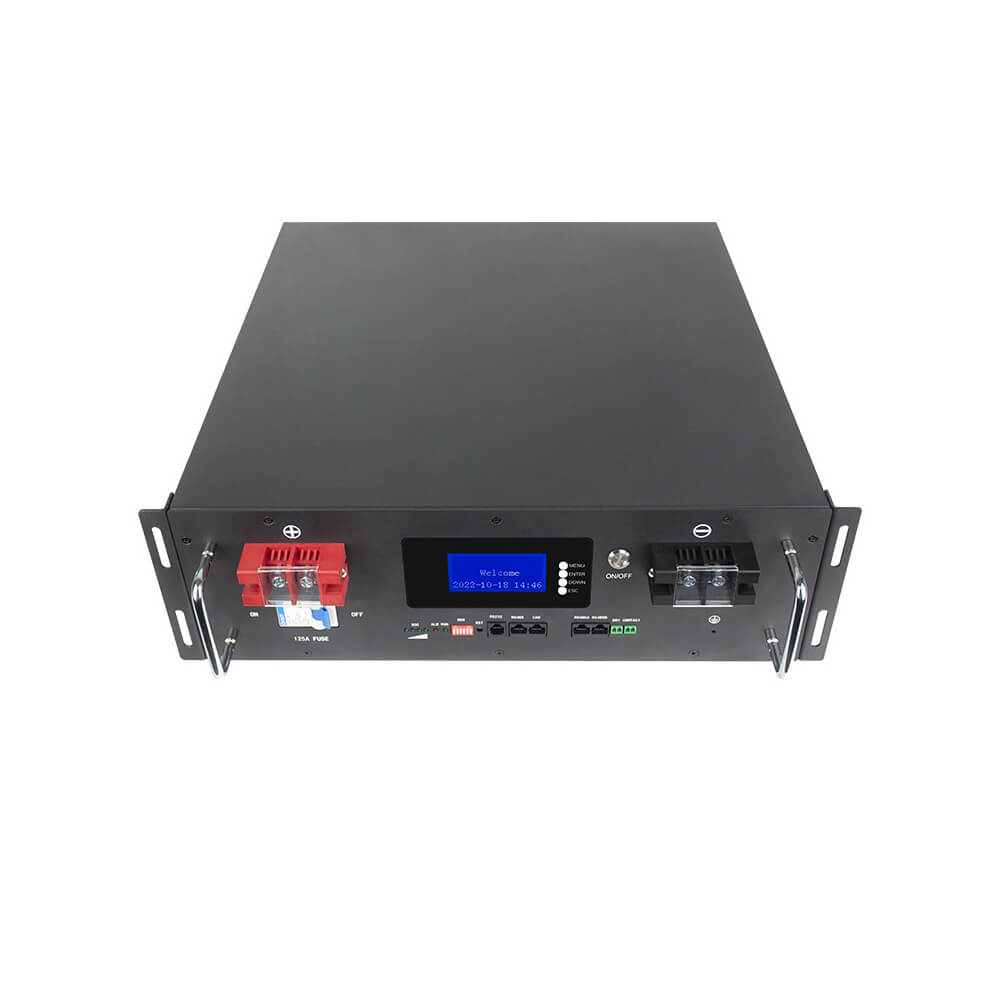In addition to energy storage batteries, you should also know other energy storage systems
When it comes to energy storage, people easily think of batteries, but existing battery technology can hardly meet the requirements of grid-level energy storage. In fact, the market potential of energy storage is very huge. According to the forecast of market research company Pike Research, from 2013 to 2023, 122 billion US dollars will be invested in global energy storage projects. In large-scale energy storage systems, the most widely used traditional energy storage methods such as pumped storage and compressed air energy storage are also undergoing continuous improvement and innovation. Today, CSIT Energy Storage System Manufacturer recommends an article for everyone, which analyzes the current global energy storage technology and its impact and role on the power grid.
The existing energy storage systems are mainly divided into five categories: mechanical energy storage, electrical energy storage, electrochemical energy storage, thermal energy storage and chemical energy storage. At present, pumped storage has the largest share in the world, with a total installed capacity of 127GW, accounting for 99% of the total energy storage capacity. The second largest is compressed air energy storage, with a total installed capacity of 440MW. The third largest is sodium sulfur battery, with a total capacity of 316MW.
Global existing energy storage systems
1. Mechanical energy storage
Mechanical energy storage mainly includes pumped storage, compressed air energy storage and flywheel energy storage.
(1) Pumped storage: When the power grid is low, the water used as liquid energy medium is pumped from the low-lying reservoir to the high-lying reservoir. When the power grid is at peak load, the water in the high-lying reservoir flows back to the lower reservoir to drive the turbine generator to generate electricity. The efficiency is generally around 75%, commonly known as 4 in and 3 out. It has daily regulation capabilities and is used for peak regulation and backup.
Disadvantages: difficult site selection and highly dependent on terrain; long investment cycle and high losses, including pumped storage losses and line losses; currently also constrained by China's electricity price policy. Last year, more than 80% of China's pumped storage was exposed to the sun. In August last year, the National Development and Reform Commission issued a policy on pumped storage electricity prices. It may be better in the future, but it is definitely not the development trend of energy storage.
(2) Compressed air energy storage (CAES): Compressed air energy storage uses the surplus power of the power system when the load is low. The air compressor is driven by an electric motor to compress air into a closed large-capacity underground cave as an air storage chamber. When the system power generation is insufficient, the compressed air is mixed with oil or natural gas through a heat exchanger and burned, and then introduced into a gas turbine to generate power. There are more studies abroad and the technology is mature. my country started a little later. It seems that Academician Lu Qiang has done more research in this area, such as cogeneration of cooling and power.
Compressed air storage also has a peak load regulation function and is suitable for large-scale wind farms, because the mechanical work generated by wind energy can directly drive the compressor to rotate, reducing the intermediate conversion to electricity, thereby improving efficiency.
Disadvantages: A major drawback is low efficiency. The reason is that the temperature of air increases when it is compressed, and decreases when it is released and expanded. During the process of compressing air, part of the energy is lost in the form of heat energy, and it must be reheated before expansion. Natural gas is usually used as the heat source for heating air, which leads to reduced energy storage efficiency. Other conceivable shortcomings are the need for large gas storage devices, certain geological conditions, and reliance on burning fossil fuels.

(3) Flywheel energy storage: It uses a high-speed rotating flywheel to store energy in the form of kinetic energy. When energy is needed, the flywheel slows down and releases the stored energy. The individual technologies of flywheel energy storage are basically available in China (but the gap with foreign countries is more than 10 years). The difficulty lies in developing new products with different functions according to different uses. Therefore, flywheel energy storage power supply is a high-tech product but lacks original innovation, which makes it difficult to obtain national scientific research funding support.
Disadvantages: The energy density is not high enough and the self-discharge rate is high. If charging is stopped, the energy will be exhausted within a few to dozens of hours. It is only suitable for some niche markets, such as high-quality uninterruptible power supplies.
2. Electrical energy storage
(1) Supercapacitor energy storage: A double-layer structure composed of activated carbon porous electrodes and electrolytes is used to obtain ultra-large capacitance. Unlike batteries that use chemical reactions, the charging and discharging process of supercapacitors is always a physical process. The charging time is short, the service life is long, the temperature characteristics are good, and it saves energy and is green and environmentally friendly. Supercapacitors are not too complicated. They are just capacitor charging, and the rest is a matter of materials. The current research direction is whether the area can be very small and the capacitance can be larger. The development of supercapacitors is still very fast. At present, new supercapacitors based on graphene materials are very popular.
Tesla CEO Elon Musk said as early as 2011 that the batteries of traditional electric vehicles are outdated and new cars with supercapacitors as the power system will replace them in the future.
Disadvantages: Compared with batteries, its energy density leads to relatively low energy storage under the same weight, which directly leads to poor endurance. It depends on the birth of new materials, such as graphene.

(2) Superconducting energy storage (SMES): A device for storing electrical energy made by using the zero resistance characteristic of superconductors. Superconducting energy storage systems generally include four parts: superconducting coils, cryogenic systems, power regulation systems, and monitoring systems. The development of superconducting material technology is the top priority of superconducting energy storage technology. Superconducting materials can be roughly divided into low-temperature superconducting materials, high-temperature superconducting materials, and room-temperature superconducting materials.
Disadvantages: The cost of superconducting energy storage is very high (materials and cryogenic refrigeration systems), which greatly limits its application. Due to the constraints of reliability and economy, commercial application is still a long way off.

3. Electrochemical energy storage
(1) Lead-acid battery: A battery whose electrodes are mainly made of lead and its oxides and whose electrolyte is sulfuric acid solution. It is currently widely used in the world, with a cycle life of about 1,000 times and an efficiency of 80%-90%. It is cost-effective and is often used as an emergency power supply or backup power supply for power systems.
Disadvantages: If deep, rapid, and high-power discharge occurs, the available capacity will decrease. It is characterized by low energy density and short life. This year, lead-acid batteries have greatly increased their cycle life by adding super-active carbon materials to the negative plates of lead-acid batteries.

(2)The mainstream power lithium batteries on the market are divided into three categories: lithium cobalt oxide batteries, lithium manganese oxide batteries and lithium iron phosphate batteries. The former has high energy density but slightly poor safety, while the latter is the opposite. Domestic electric vehicles, such as BYD, currently mostly use lithium iron phosphate batteries.

(3)Lithium sulfur batteries are also very popular. They use sulfur as the positive electrode and metal lithium as the negative electrode. Their theoretical specific energy density can reach 2600wh/kg and their actual energy density can reach 450wh/kg. However, how to significantly improve the charge and discharge cycle life and safety of the battery is also a big problem.
Disadvantages: There are safety issues such as high price (4 yuan/wh), overcharging leading to heat and combustion, and charging protection is required.
Liquid flow battery: a high-performance battery that separates the positive and negative electrolytes and circulates them separately. The power and energy of the battery are unrelated. The stored energy depends on the size of the storage tank. Therefore, it can store energy for several hours to several days, and the capacity can reach MW level. This battery has multiple systems, such as iron-chromium system, zinc-bromine system, sodium polysulfide-bromine system and all-vanadium system, among which vanadium battery is the most popular.
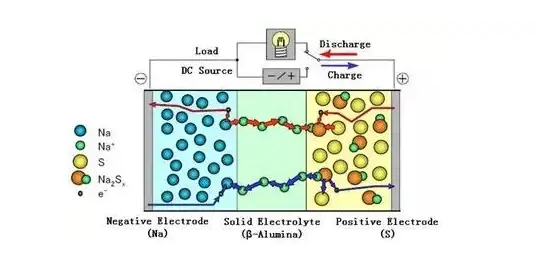
Disadvantages: The battery is too large; the battery has too high requirements for ambient temperature; the price is expensive (this may be a short-term phenomenon); the system is complex (there are pumps and pipelines, which is not as simple as non-liquid flow batteries such as lithium batteries).
Battery energy storage has more or less environmental problems.
4. Thermal energy storage
Thermal energy storage: In the thermal energy storage system, thermal energy is stored in the medium of an insulated container and converted back to electrical energy when needed, or it can be used directly without converting it back to electrical energy. Thermal energy storage is divided into sensible heat storage and latent heat storage. The heat stored in thermal energy storage can be very large, so it can be used in renewable energy power generation.
Disadvantages: Thermal energy storage requires various high-temperature chemical thermal working fluids, and the occasions of use are relatively limited.
5. Chemical energy storage
Chemical energy storage: using hydrogen or synthetic natural gas as a carrier of secondary energy, using excess electricity to produce hydrogen, hydrogen can be used directly as an energy carrier, or it can be reacted with carbon dioxide to become synthetic natural gas (methane). In addition to power generation, hydrogen or synthetic natural gas can also be used in other ways such as transportation. Germany is keen to promote this technology and has put demonstration projects into operation.
Disadvantages: The efficiency of the entire cycle is low, the efficiency of hydrogen production is only 40%, and the efficiency of synthetic natural gas is less than 35%.
In general, current research and development is still mainly focused on supercapacitors and batteries (lithium batteries, flow batteries). Breakthroughs in the field of materials are the key.
What will the power grid look like after reliable energy storage?
1. Support the realization of energy Internet and smart grid
Energy storage is an important device for smart grids to achieve two-way energy interaction. Without energy storage, there is no way to talk about a complete smart grid.
2. Use energy storage technology to face the test of new energy
It is mainly to smooth and stabilize the output power of intermittent renewable energy generation such as wind power and solar energy, and improve the ability of the power grid to accept intermittent renewable energy.
3. Reduce the peak-to-valley difference and improve equipment utilization
Power grid companies can obtain more peak load benefits while relieving peak load regulation and power supply pressure.
4. Improve the safety, reliability and power quality of the power grid
Provide emergency power supply; reduce losses caused by various transient power quality problems.


 简体中文
简体中文 Russian
Russian French
French German
German Japanese
Japanese Korean
Korean Arabic
Arabic Spanish
Spanish